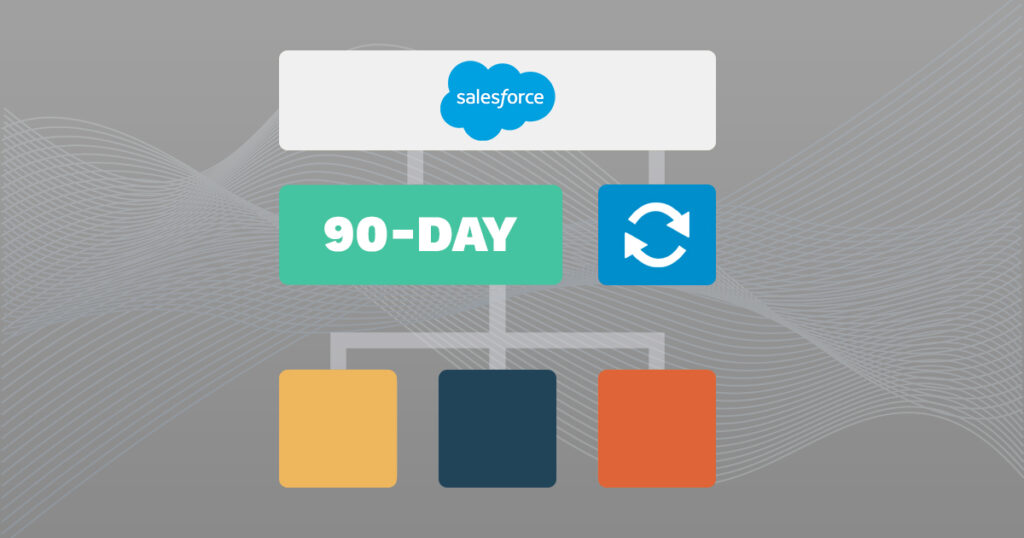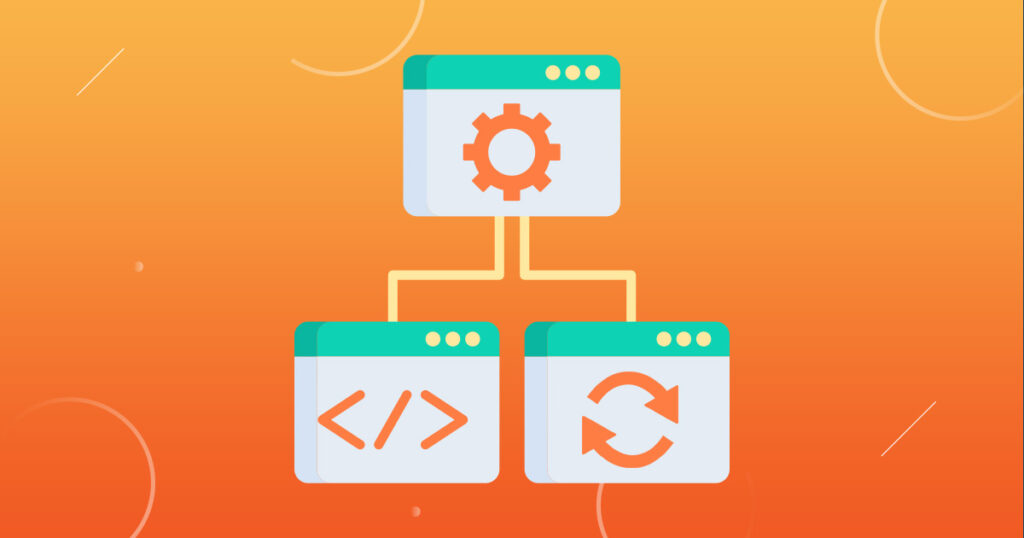Beyond the Basics: A Strategic Framework for Scalable Personalization in Pardot
In today’s market, personalization is a core component of the enterprise customer experience. A generic, one-size-fits-all message is no longer just ineffective; it introduces brand inconsistency, erodes trust, and fails to convert high-value prospects.
Pardot Dynamic Content offers a powerful solution for this challenge, but using it effectively at an enterprise scale requires more than just technical knowledge—it requires a strategic framework.
This guide outlines how to move beyond ad-hoc personalization and build a governed, scalable, and measurable program using Pardot’s native capabilities.
At its core, dynamic content is an intelligent block within an email, form, or landing page that displays a specific variation of text or imagery based on prospect data.
This allows marketing leaders to deliver highly relevant experiences without creating dozens of separate assets, significantly improving operational efficiency. Instead of one landing page, you have one asset that powers multiple targeted messages, all managed from a single source of truth.
When implemented correctly, this is a cornerstone of a scalable marketing operation.
- According to research from McKinsey, companies that excel at personalization drive 40% more revenue from those activities than average players.
- According to Hubspot, personalized CTAs convert 202% better than generic ones.
- Companies that excel at personalization drive 40% more revenue from those efforts than average players.
- A recent study reveals that 81% of consumers ignore irrelevant marketing messages, so generic outreach costs you attention.
For enterprise leaders, this isn’t just about better click-through rates. It’s about achieving strategic objectives:
- Increased Pipeline Velocity: Relevant content accelerates prospects through the buyer’s journey.
- Higher Customer Lifetime Value (CLV): A personalized experience builds loyalty and creates more cross-sell/upsell opportunities.
- Improved Marketing ROI: Resources are focused on messaging that is proven to convert specific, high-value segments.
Deploying dynamic content at scale requires a structured approach. Here is a four-step framework for success:
1. Establish a Segmentation Strategy
Before building anything, define the business goal (Ex. increase demo requests from the financial services vertical). Then, identify the single most impactful data field to achieve it, such as industry, lifecycle stage, or product interest. The quality of your segmentation strategy will dictate the success of your personalization.
2. Develop a Governance Model
In the Pardot Lightning app (Marketing > Content > Dynamic Content), create your content block.
- Define a Naming Convention: Name blocks clearly (e.g., “Industry_Case_Study_Block_Q3”) so they are easily searchable and maintainable.
- Establish Rule Hierarchy: Order rules from most specific to most general (e.g., a rule for a strategic account should appear before a general industry rule). This ensures high-value prospects receive the most precise message.
- Create a Meaningful Default: The default variation is not a throwaway. It must be a clear, valuable message that serves the largest segment of your audience.
3. Integrate Across Key Touchpoints
- Emails & Landing Pages: Use the merge picker to insert the dynamic block.
- Website: Use the JavaScript embed code to personalize web content for known visitors, creating a seamless experience from email to website.
4. Implement a Rigorous QA Process
Use the “Preview as Prospect” feature to test different scenarios. More importantly, conduct live tests by sending emails to test lists representing each key segment to confirm every variation displays correctly across all major email clients and devices.
- Vertical-Specific Value Propositions: Swap out case studies, testimonials, or key statistics in a newsletter so that a prospect from the healthcare industry sees relevant healthcare proof points.
- Lifecycle-Aware Calls-to-Action (CTAs): Present a “Learn More” CTA to early-stage prospects and a “Request a Demo” CTA to sales-qualified leads who have shown high intent.
- Geo-Targeted Information: Localize phone numbers, event invitations, or compliance language by region to ensure relevance and adherence to local regulations.
Account-Based Marketing (ABM) Messaging: For target accounts, display a highly personalized paragraph that speaks to their specific business challenges, while the rest of the email remains consistent.
For more complex use cases, standard functionality may not be enough. Here are proven architectural solutions to extend Pardot’s capabilities.
- Multi-Criteria Segmentation: Dynamic content natively checks only one field. To segment on multiple criteria (e.g., Industry = ‘Finance’ AND Title = ‘VP’), create a “helper” field in Pardot. Use an automation rule to populate this field when all conditions are met, then target the helper field with your dynamic content.
Surfacing Custom Object Data: Dynamic content cannot directly read data from Salesforce custom objects. The solution is to create a formula field on the Lead or Contact object that mirrors the required value from the custom object. Sync this new formula field to a Pardot custom field and use it as your segmentation key.
These eight habits keep personalization sharp, scalable, and easy to maintain:
- Start with a clear goal (clicks, demo requests, or form completions), then pick one high-impact field.
- Prioritize data quality. If your “industry” field is dirty, fix it first or use progressive profiling.
- Order rules from specific to general. A high-score rule should come before a lower-score rule so top prospects see the right offer.
- Limit variations to what you can maintain. 25 is the cap, but fewer is usually easier to manage.
- Let templates handle design. Keep the dynamic block focused on content, text, or imagery.
- Always include a meaningful default, not a throwaway line.
- Test across scenarios and devices, and then monitor CTRs and conversions by segment to refine.
- Review quarterly so outdated offers don’t linger.
Combine Multiple Criteria with Automation Rules
Dynamic content checks only one field at a time. If you need to match several conditions, create a helper field with an automation rule. The rule sets the helper field to “Yes” when all chosen conditions are true. Then target that helper field in your dynamic content.
Surface Salesforce Custom Object Data
Dynamic content can’t read custom object fields directly. Create a Salesforce formula field on Lead/Contact to mirror the value, sync it to Pardot, and target that instead.
Handle “Blank” Values Creatively
There’s no “is blank” rule, so build a fallback: add a “Not specified” value to your picklist or use an automation rule to mark unknowns.
Nest Conditional Logic When Needed
Use if/else statements to show extra content blocks when you hit Pardot’s 10-block limit. Keep this trick for special cases and write clear notes so the next admin can follow your logic.
The next evolution of personalization is moving from rule-based logic to predictive intelligence. Salesforce’s continued investment in Einstein AI will enable systems to predictively select the optimal content for each individual based on their real-time engagement patterns.
However, the success of any AI-driven personalization hinges entirely on the quality of the underlying data. Establishing a strong data governance and segmentation framework now is the essential prerequisite to capitalizing on the power of AI later.
Dynamic content is a powerful tool, but it’s the strategy behind it that delivers results. Building a governed, scalable personalization engine requires a deep understanding of both the technology and your business.
CRM Forge’s Salesforce-certified experts specialize in helping enterprise clients build these frameworks. We move beyond basic setup to architect solutions that are efficient, maintainable, and aligned with your most critical pipeline goals.
Contact us to schedule a complimentary Personalization Maturity Assessment, and we’ll help you identify the opportunities to drive the most impact.









